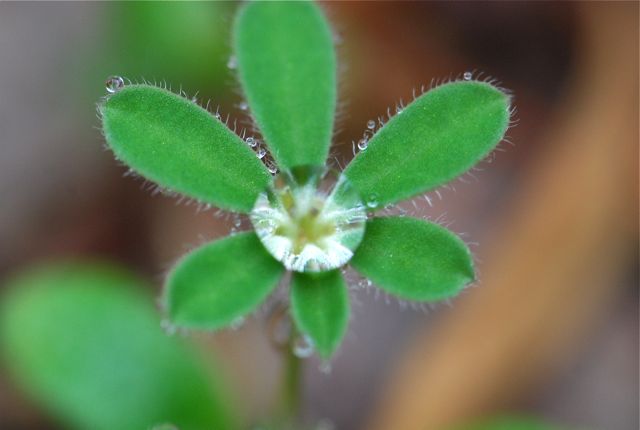After the cold weather, isn’t it time to think about spring? Bring a “springy†feel into your home with flowers. Children will benefit from the opportunity to observe plants and flowers up close, as well as enjoy their colorful beauty.
Houseplants
One way to have flowers during the cold months is by growing houseplants that bloom. I still remember the way my grandmother’s Christmas cactus erupted into a riot of red blossoms every winter, even though it was over thirty years ago. She also grew African violets in a wide variety of colors. She often took the leaves that had been knocked off or trimmed and started new plants by dipping the stems in water. You can use fallen African violet leaves as an opportunity to teach about plant propagation.
Our family has been watching one of our orchids for the last few weeks. It put on buds and then a few days ago the first flower opened. Since we had been babying the plant for over two years, we felt a sense of accomplishment. We learned that orchids have very different requirements for growth than some of our other houseplants.

Bulbs
Another way to bring spring inside is to grow bulbs indoors. A great favorite are the amaryllis. I often buy them after holiday sales when they are cheaper, making sure the bulbs still look firm. They grow fast, so they are a good project for young children who are impatient for results. Here in Arizona they can be set out into the garden to grow and bloom another year.

To add some science to the project, have the children measure the plant every day or every other day and record their results. Try to find out where amaryllis plants are found in nature, and what their natural environment is like. Plant several bulbs and grow them under different conditions to see which they prefer. Finally, you can get bulbs that are different colors and see if they grow any differently under the same conditions. We’d love to hear what you find out.
Other bulbs that can be grown indoors are tulips, daffodils, hyacinth, narcissus and crocuses. Most of these bulbs need a cold period before they will bloom, so make sure they have been properly chilled before planting.
Cuttings of Outdoor Plants
Bringing in branches of flowering trees and shrubs and putting them in a vase is another wonderful way to have some early spring flowers. Wait until a day when the temperature is above freezing and then cut a few branches from your forsythia bushes, pussy willows or fruit trees. Try to get branches with nice plump buds. Remove any side branches at the base that will be under the water level and then place the cut ends in a vase of warm water. Keep the vase filled with enough water, and you should have flowers in about two weeks. This is a quick project that doesn’t require a lot of effort, but that result in a lot of enjoyment.
Maybe this video of forsythia will inspire you.
Other activity suggestions:
- gather an assortment of different plants and learn about differences in plant families and their flower structure
- draw the flowers for an art project
- study plant parts (anatomy) by identifying the stems, leaves, roots, etc.
- explore plant propagation techniques
If you would like more details on any of these, please let me know. Hope you have fun!









